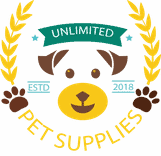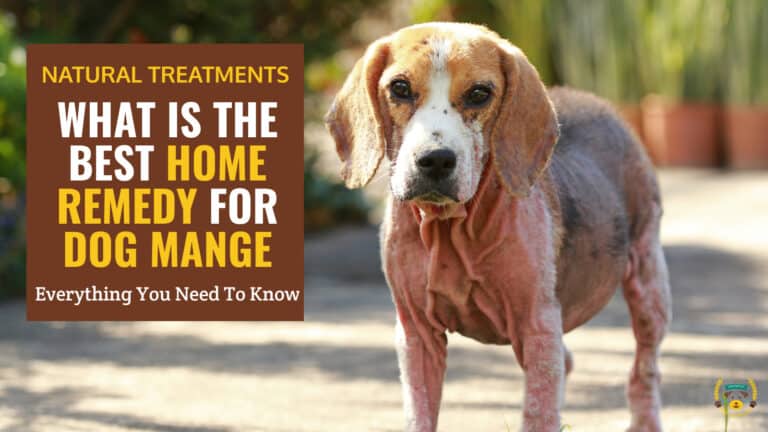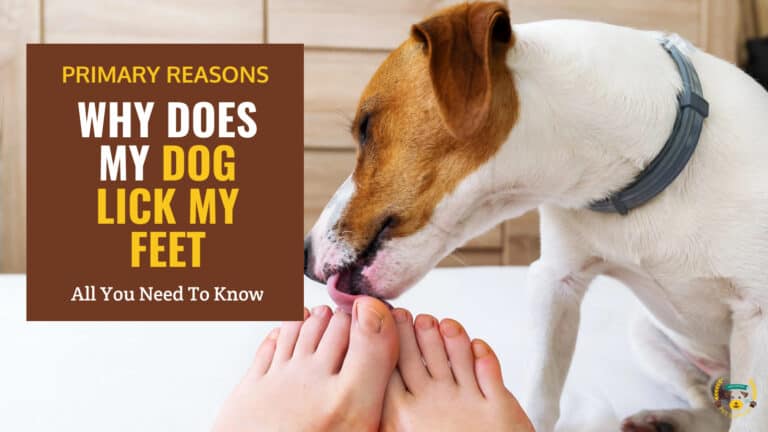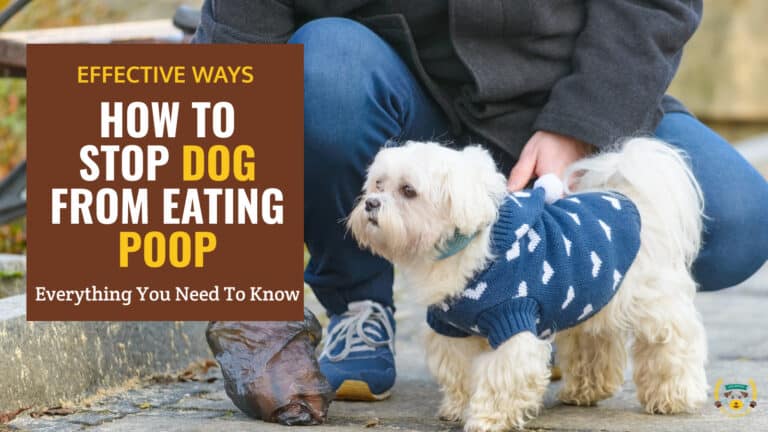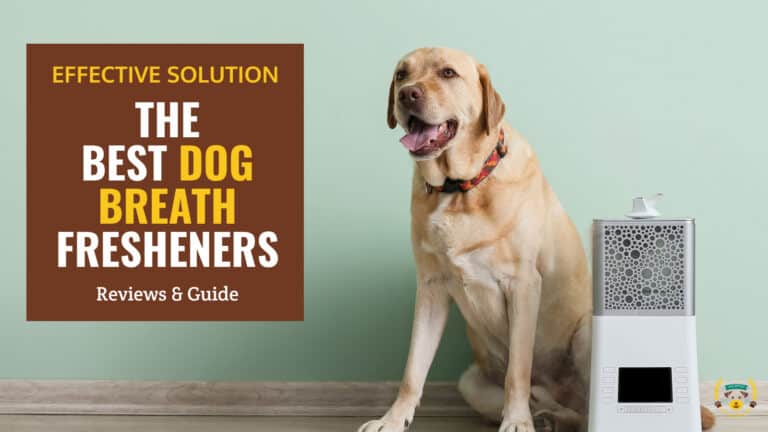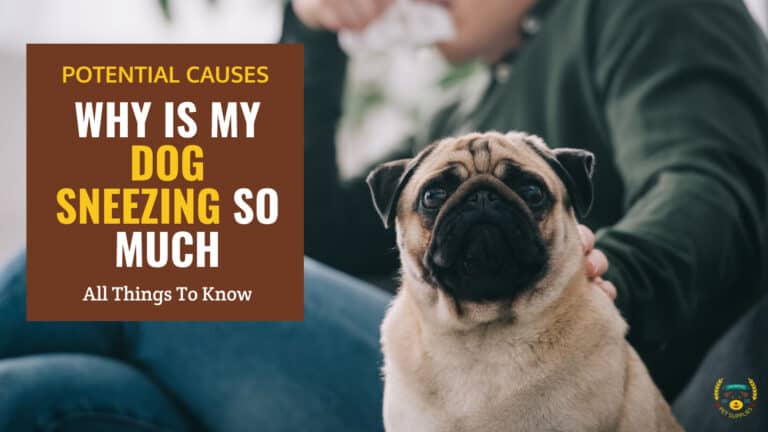What Do You Do if An Off-Leash Dog Approaches You While You Are Walking a Dog?
Last updated: March 24, 2024
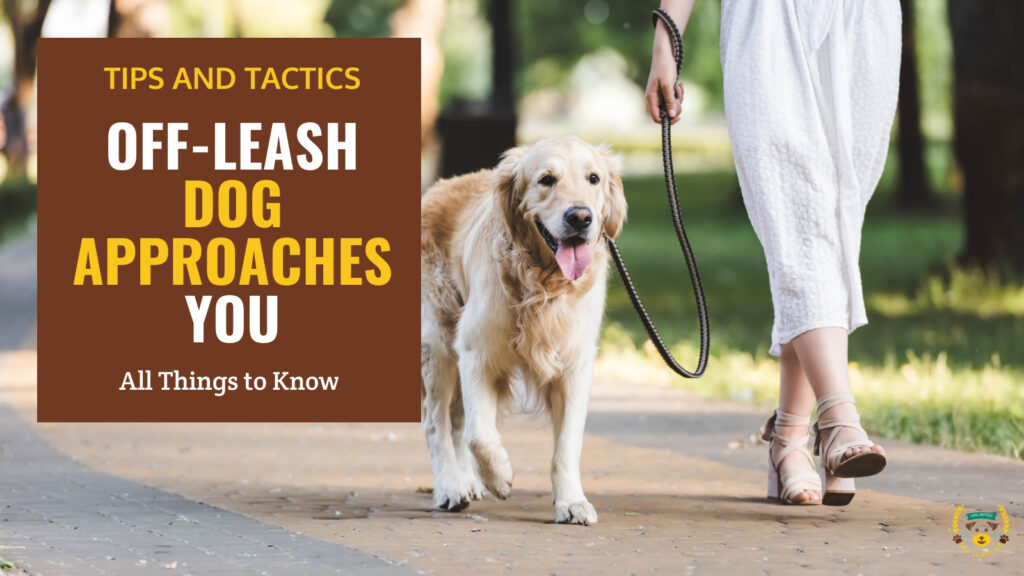
Summary
- Assess both dogs' body language quickly.
- Allow controlled interactions if dogs are friendly.
- Create distance if aggression is present.
- Use distractions to prevent or stop conflicts.
- Ensure dog care and report incidents if necessary.
- Employ safety strategies for all dog encounters.
As a responsible dog owner yourself, you have control of your leashed dog. However, a loose, randomly approaching dog removes that stability from the equation. This article provides dog owners like yourself with knowledge on how to handle these unstable encounters, protect your dog, and ideally diffuse issues before they escalate.
The advice ahead is focused on quickly reading a randomly approaching off-leash dog's intentions, gauging your own dog's reaction, and employing tactics based on those assessments to avoid or stabilize problematic interactions. You'll also learn proactive and reactive ways to intervene when needed to prevent injuries or fights. Throughout, we focus on tips that aim to create distance and checked interactions until the owner can regain physical control of their unleashed dog.
- 1) Initial Assessment of the Situation
- 2) Strategies Based on Assessments
- 3) When and How to Intervene?
-
4)
Frequently Asked Questions
- 4.1) What if the owner gets angry when I ask them to control or leash their approaching dog?
- 4.2) My dog wants to greet every dog she sees, how do I curb such friendliness?
- 4.3) What's the best way to break up two dogs that are fighting?
- 4.4) My small dog gets very frightened and snappy when larger off-leash dogs run up. What should I do?
- 4.5) I'm scared of big dogs due to a childhood incident. How do I stay calm when a large off-leash dog runs up?
- 4.6) Should I report off-leash dog issues to local authorities? How?
- 5) Final Thoughts
Initial Assessment of the Situation
When an off-leash dog is rapidly approaching, you have mere seconds to size up the situation before the interaction occurs. Taking the following steps quickly can help you gauge whether the incoming dog seems friendly or aggressive, spot a potential owner to get control, and assess your own dog's reaction.
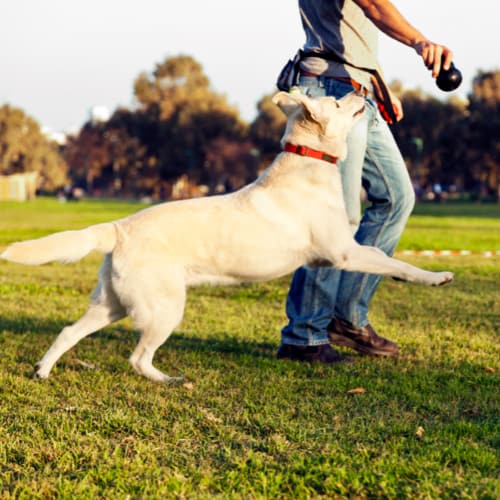
Reading the Approaching Dog's Body Language
Focus right away on the approaching dog's body language and energy. A loose, brisk trot and relaxed wagging tail indicates friendlier intentions. Stiff legs, tense shoulders, staring, and a raised hackle suggest more aggressive energy. Note that extremely forward-leaning postures can signify either friendliness or aggression.
Also, note if the dog is vocalizing. High-pitched barking or playful growling point to amicable intentions. Deep growls should put you on high alert for aggression ahead. Whining and whimpering may signal anxiety or mild friendliness.
Locating and Engaging the Owner
As soon as you spot the approaching off-leash dog, quickly scan around it for the owner. Shout an initial "Is this your dog?" to confirm. Wave your hand or point at the dog so they can see you pointing at their unleashed animal.
Making early assertive eye contact with the owner telegraphs that you see both them and their out-of-control dog, putting social pressure for a response. If you spot them early, they can recall or leash their pet before contact occurs.
What's Your Dog Doing?
Lastly, do an ultra-quick pulse check of your own dog's body language in response. Ears forward and alert, forward-leaning with a relaxed wagging tail signals your dog may be open to greeting with appropriate reciprocal energy.
Defensive aggression - stiff and low posture, tense mouth, growling - cues you to step in fast and create space from the incoming dog. Keep your dog's reaction type in mind as you employ the next steps when contact happens.
Strategies Based on Assessments
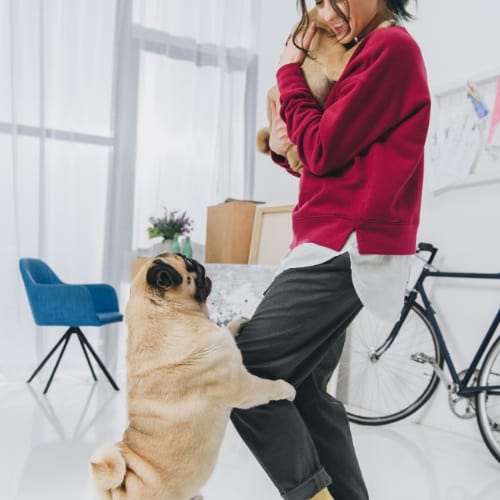
Once you’ve quickly assessed the approaching off-leash dog and your own dog's reaction, you can employ tailored response plans. Let's cover strategies for friendly greetings, defensive actions if aggression is noted, and calming or correcting poor reactions from your dog.
Allowing Off-Leash Meetings if Both Dogs Are Friendly
If your read of the loose dog shows relaxed, friendly energy, and your own pup seems interested and happy, social interaction may be fine. However, suppose the interaction is less amiable, or you're dealing with a dog breeds with strong wills at home. In that case, the strategies you employ will differ significantly. Still, maintain control via your leash, but allow polite sniffing. Continue monitoring body language and energy. If you spot signs of tension rising, interrupt and create space between the pups.
Creating Space from Aggressive/Unreadable Dogs
If the unleashed dog is charging full speed, stiff and staring with hackles raised, move away swiftly creating a barrier with your body in between dogs if needed.
Shout firmly “no!” or “go away!” to reinforce that behavior is unacceptable. If the dog tries circling to get past you, pivot and yell deterrents until the owner arrives. Protect your dog from forced interaction at all costs in these cases.
Handling Poor Reactions from Your Own Dog
If your pup reacts with aggressive barking, lunging or frightened yelping - calmly give a cue like “watch me” to reestablish focus. Training collars for stubborn dogs can aid in managing these scenarios and guide your dog back to composure. Create space from the offending stimuli to help your dog relax.
Correct unwanted explosive responses with a swift leash pop. Maintain a steady confident presence throughout to help guide your pup back to composure.
Additionally, as dogs age, they may begin to exhibit new behaviors due to health issues that can develop over time.
When and How to Intervene?
Even after quick assessments and initial response plans, you may still need to proactively or reactively intervene before, during or after the unleashed dog encounter to prevent escalation. Let's cover recommended techniques.
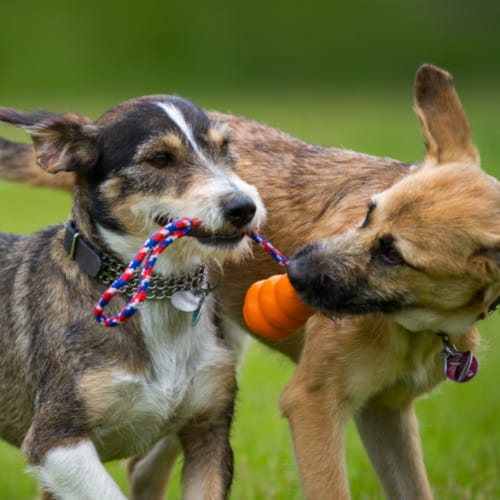
Interrupting Early if You Spot Trouble Brewing
If initial body language readings or owner disengagement cues point to rising tensions, quickly interrupt.
Toss treats or toys to create positive distraction. Wave arms and loudly say “too much!” to shock focus back to you versus a brewing squabble. Be prepared to body block or pick up a small reactive dog if needed.
Breaking Up a Fight in Progress
Should a scuffle break out, make lots of noise while briefly tugging the back legs of fighting dogs to physically interrupt balance and leverage.
This may allow you to separate them enough to gain control. However, never place any body parts near biting mouths. If bites occur or dogs fail to disengage, do NOT put yourself in danger - immediately call emergency services instead.
Following Up After an Incident
Get vet care as needed if any bites occur to either dog. Exchange info if the loose dog had an owner present. File a complaint with animal control providing details on the unrestrained, aggressive dog. Check-in on your pup’s mental health after a traumatic incident and continue with training reinforcement.
In extreme cases, consider legal action against irresponsible owners allowing such eminently avoidable threats to you and your dog’s safety.
Frequently Asked Questions
Here are some frequently asked questions to help you be better prepared for surprise encounters with unleashed dogs.
What if the owner gets angry when I ask them to control or leash their approaching dog?
Calmly reinforce that leash laws exist for a good reason - lack of control introduces risks for all dogs and owners present. Stand your ground while preventing interaction. If they refuse or threaten you, document details and notify the authorities.
My dog wants to greet every dog she sees, how do I curb such friendliness?
Use each walk as a training opportunity. When you spot an approaching dog, give an alternate cue like “watch” before your dog reacts. Reward eye contact with you instead of impulsive straining toward the other dog.
Managing this impulse control prepares them better for safe, controlled greetings only when appropriate.
What's the best way to break up two dogs that are fighting?
Make lots of noise to interrupt them, spraying water can also shock them into disengaging. Then briefly tug the back legs of fighting dogs to physically interrupt balance, allowing you to separate them.
Always remember not to risk getting bitten yourself. Keep your arms, legs and other body parts far from the dogs' mouths.
My small dog gets very frightened and snappy when larger off-leash dogs run up. What should I do?
Immediately pick up your small dog to keep them safe and prevent biting out of fear. Firmly order the other dog "Go away!" and continue to turn your body to shield your dog if needed.
Get control via the other owner quickly or create distance if they are non-responsive.
I'm scared of big dogs due to a childhood incident. How do I stay calm when a large off-leash dog runs up?
Take slow deep breaths, and do not make direct eye contact, which can seem threatening. Speak gently and stand still sideways to the dog if possible. Toss high-value treats to create a positive distraction as you calmly back away to safety.
Consider carrying deterrent spray just in case, while continuing counter-conditioning work with a professional trainer to overcome phobias.
Absolutely! Report repeat offenders allowing aggressive dogs to terrorize leashed dogs in public areas. Provide documentation like written accounts of incidents with dates, times, location details, and name/photo/description of the owner if known.
Check for a report hotline number on your town's animal control department website. Formal complaints help track problematic owners and dogs.
Final Thoughts
Encountering an off-leash dog when walking your leashed dog is a troublingly common occurrence for many pet owners. At best, these encounters can be annoying and disruptive to your walk. However, they also open the door for scuffles, injuries, and stressful situations if either dog has poor social skills or reacts poorly.
In this article, we covered key areas like rapid assessment of dog body language, tailored response strategies based on those reads, proactively interrupting tensions before they escalate, and proper follow-up if incidents still occur.
While random run-ins with loose dogs are always unstable moments, arming yourself with this knowledge on engagement techniques, creating space, and stabilizing reactions can help you handle these situations more safely. Your priority is protecting your leashed pup.
Thanks for reading!
